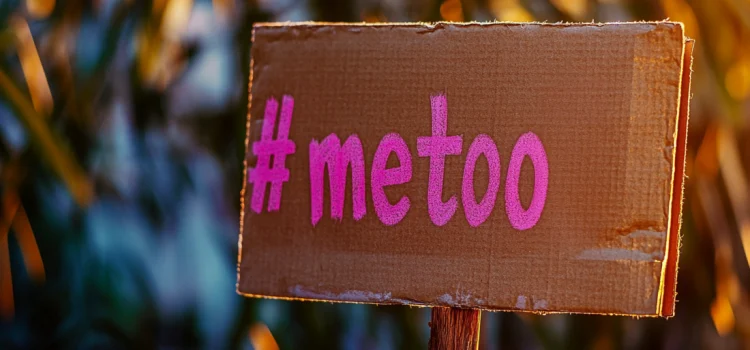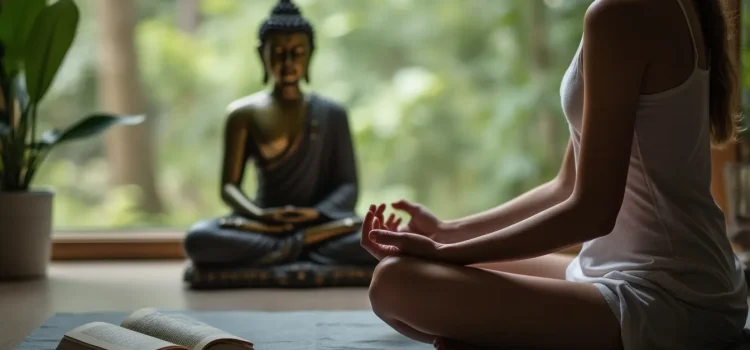What’s Melania Trump’s “Be Best” campaign? How did this initiative aim to protect children while tackling major social issues? Melania Trump launched her “Be Best” campaign in 2018, focusing on three main pillars: children’s well-being, online safety, and opioid abuse awareness. She worked to create safer digital spaces for youth while addressing substance abuse challenges affecting families. Keep reading to discover how this ambitious initiative unfolded, including its achievements and the controversies it faced along the way.
Melania Trump’s “Be Best“ Campaign: Notes From Her Memoir










